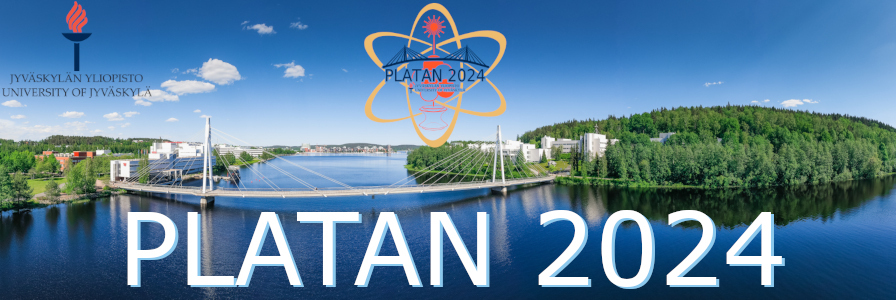Speaker
Description
Laser excitation and manipulation techniques offer unique control of an atom’s external and internal degrees of freedom. The species of interest can be selectively captured, cooled, and observed with high signal-to-noise ratio down to the single atom level. Moreover, the atom’s electronic and magnetic state populations can be precisely manipulated and interrogated. Applied in nuclear physics, these techniques are ideal for precision measurements in the fields of fundamental interactions and symmetries, nuclear structure studies, and isotopic trace analysis.
In this talk, I will concentrate on recent advances in Atom Trap Trace Analysis (ATTA) as a highly selective and sensitive atom counting technique. It has now been established as a routine tool in the geosciences for radiokrypton dating of ancient groundwater and glacial ice samples on timescales of a few ten thousand to a couple million years. The isotope of interest here is the cosmogenic krypton-81 with its half-life of 230,000 years and its isotopic abundance at the parts-per-trillion level in the atmosphere. I will introduce the basic principles and recent progress of the ATTA technique and present selected applications with their impact on understanding groundwater resources and paleoclimatic changes.
I will also present short updates on our experimental effort to measure the permanent electric dipole moment of Radium-225 via laser cooling and trapping, and on a recent milestone in performing collinear laser spectroscopy of rare nuclei at Argonne’s ATLAS facility.
This work is in part supported by the U.S. DOE, Office of Science, Office of Nuclear Physics, under contract DE-AC02-06CH11357.

